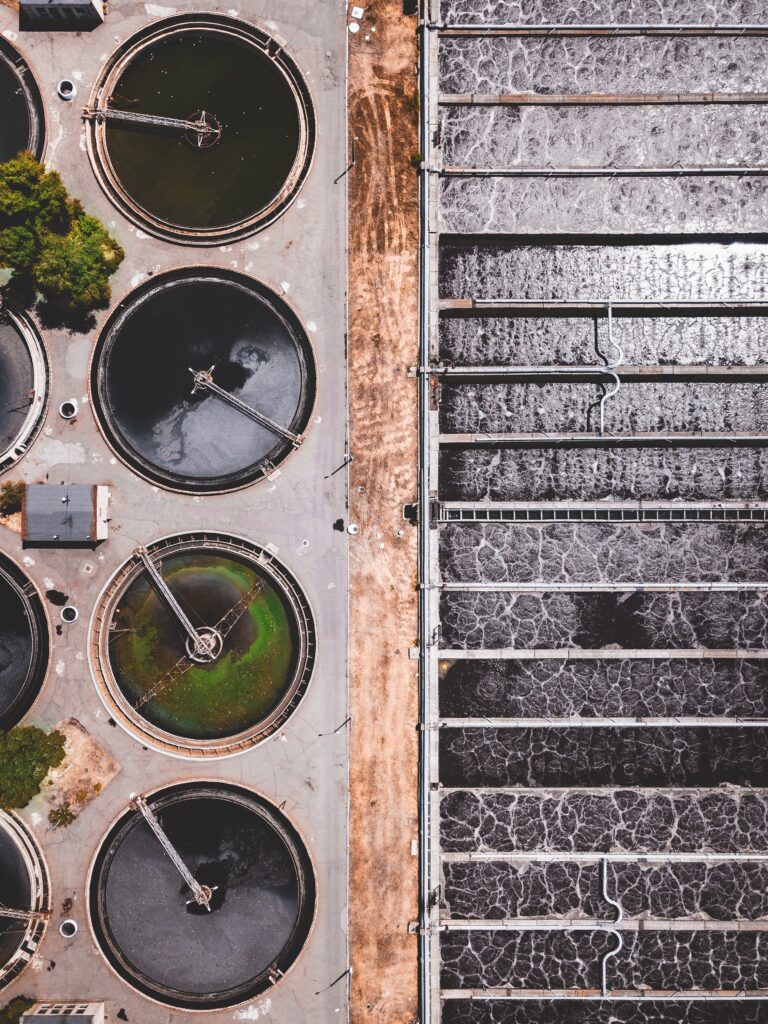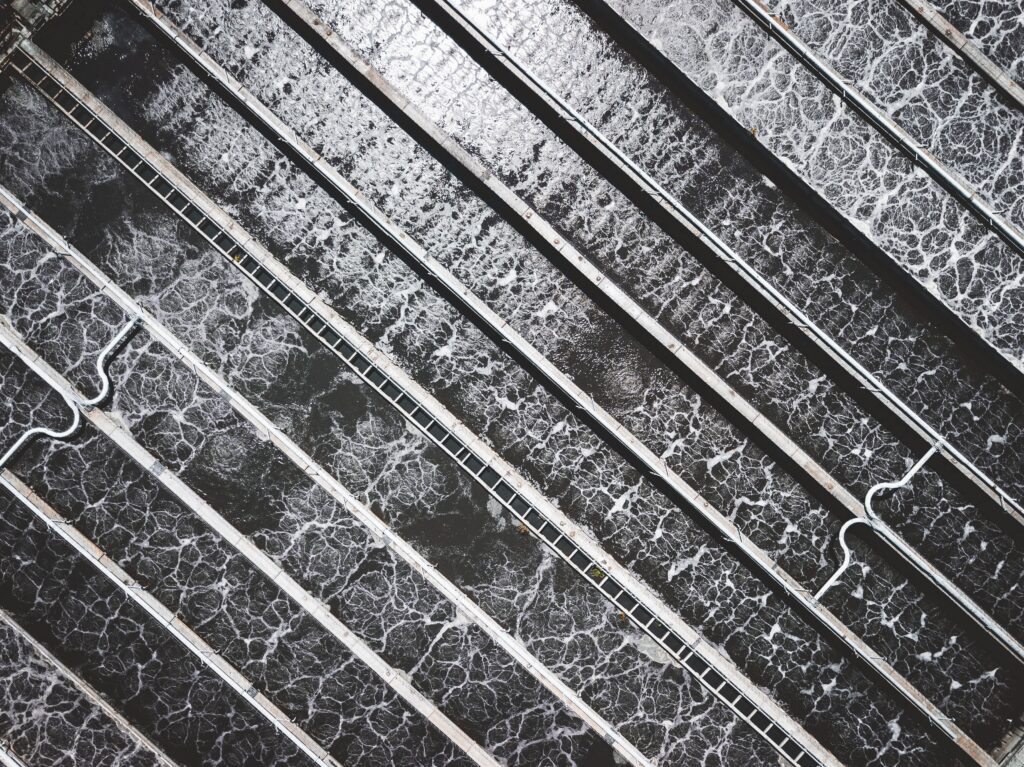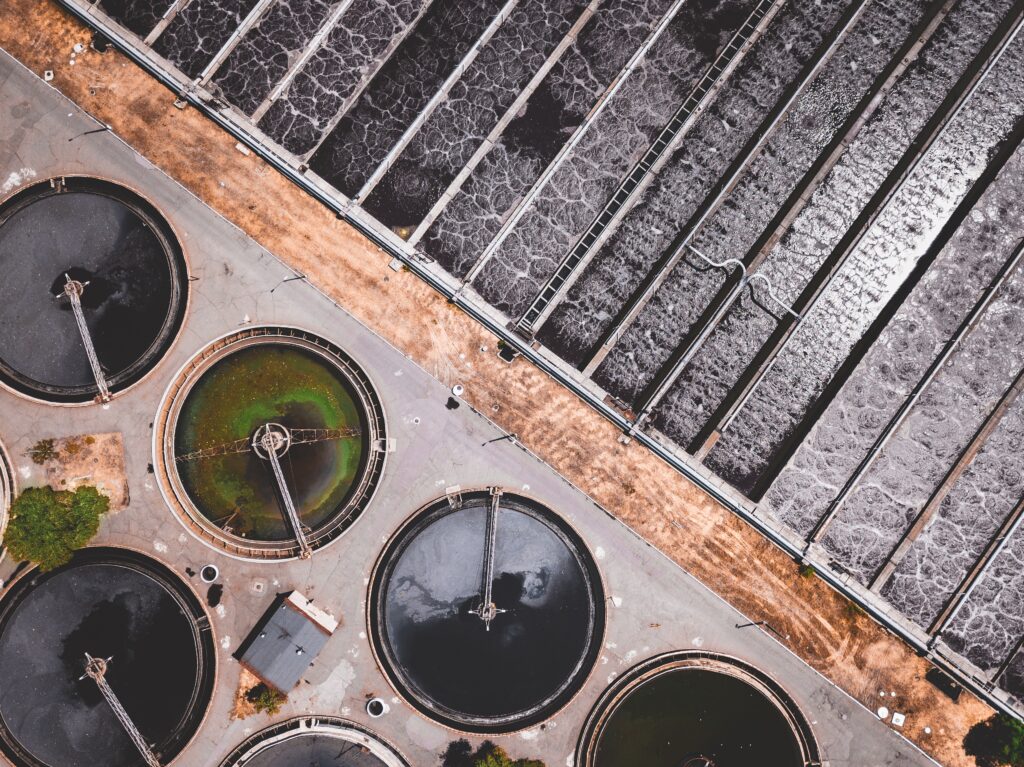Looking to enhance your wine collection and ensure optimal taste and quality? One question that may come to mind is whether a wine fridge has any impact on the sedimentation in wine bottles. Sedimentation refers to the accumulation of particles and substances that settle at the bottom of a bottle over time. In this article, we will explore the potential effects of using a wine fridge on the sedimentation process and whether it can help preserve the clarity and flavor of your favorite wines.

Understanding Sedimentation in Wine Bottles
Definition of sedimentation in wine
Sedimentation refers to the process by which solid particles settle at the bottom of a liquid, such as wine, over time. In the case of wine, sedimentation typically occurs due to the presence of natural components such as tannins, phenolic compounds, and tartrates. These components, also known as wine sediment, are natural byproducts of the winemaking process and are not harmful to consume. However, they can affect the taste and appearance of the wine if not properly managed.
Causes of sedimentation
There are several factors that contribute to sedimentation in wine bottles. First and foremost is the aging process itself. As wine ages, chemical reactions occur, leading to the formation of sediment. Additionally, temperature fluctuations, light exposure, and vibration also play a significant role in accelerating the sedimentation process. The way wine bottles are positioned can also influence sedimentation, as certain bottle positions may cause sediment to settle in a less desirable way.
Impact of sedimentation on wine quality
Sedimentation can have both positive and negative effects on the quality of wine. On one hand, certain sediment components, such as tannins, can contribute to the complexity and flavor development of the wine. On the other hand, excessive sedimentation can result in a cloudy appearance and gritty texture, detracting from the overall enjoyment of the wine. Furthermore, sedimentation can disrupt the clarity of the wine and affect its aromas and flavors. Therefore, it is important for wine enthusiasts to understand and manage sedimentation to maintain the desired quality of their wines.
Factors Affecting Sedimentation
Temperature fluctuations
Temperature fluctuations can have a significant impact on sedimentation in wine bottles. When the temperature rises and falls rapidly, it can cause the solids in the wine to become unstable and precipitate out, leading to sediment formation. It is important to note that consistent temperature control is crucial in preventing excessive sedimentation and maintaining the overall quality of the wine.
Light exposure
Light exposure is another factor that can accelerate sedimentation in wine bottles. Ultraviolet (UV) light, particularly from the sun or artificial sources, can promote the breakdown of organic compounds in wine, leading to the formation of sediments. Therefore, it is important to store wine bottles in a dark environment to minimize the impact of light on wine sedimentation.
Vibration and movements
Vibration and movement can also contribute to sedimentation in wine bottles. When wine bottles are subjected to frequent or intense vibrations, it can agitate the sediments and disturb their settling process. This can result in increased sedimentation and an uneven distribution of sediments in the wine. Therefore, it is important to handle wine bottles with care and avoid unnecessary movements to minimize sedimentation.
Bottle position
The positioning of wine bottles can significantly influence the sedimentation process. When wine bottles are stored upright for an extended period, sedimentation tends to accumulate at the bottom of the bottle. On the other hand, storing wine bottles horizontally allows for the sediment to distribute evenly along the length of the bottle, making it easier to separate the sediments when decanting. The choice of bottle position depends on the type of wine and personal preference.
Overview of Wine Fridges
Primary function of wine fridges
Wine fridges, also known as wine coolers or wine cellars, are specialized refrigeration units designed to provide optimal conditions for the storage and aging of wine. The primary function of a wine fridge is to maintain a stable temperature and humidity level, while also protecting the wine from light and minimizing vibrations. By creating a controlled environment, wine fridges help preserve the quality and integrity of the wine over time.
Different types of wine fridges
There are various types of wine fridges available in the market, catering to different storage and aging needs. Single-zone wine fridges maintain a consistent temperature throughout the unit, whereas dual-zone wine fridges offer separate temperature control for storing different types of wine at their respective ideal temperatures. Built-in wine fridges are designed to be integrated into kitchen cabinets, while freestanding wine fridges are more flexible in terms of placement. The choice of wine fridge depends on individual preferences and requirements.
Use of wine fridges in wine storage and aging
Wine fridges are widely used by wine enthusiasts and professionals alike for wine storage and aging purposes. The controlled environment provided by wine fridges helps slow down the aging process and allows wines to develop their desired flavors and aromas. With the ability to set and maintain specific temperatures, wine fridges ensure that the sedimentation process in wine bottles is minimized, leading to cleaner and clearer wines. Additionally, the protection from light and reduced vibrations offered by wine fridges further contribute to preserving the quality of the wine.
Role of Wine Fridge in Temperature Control
Importance of stable temperature in wine storage
Temperature plays a crucial role in the storage and aging of wine. Fluctuations in temperature can accelerate chemical reactions in the wine, including sedimentation. Consistency in temperature is essential for preserving the integrity and quality of wine, as it allows the components to develop harmoniously over time. A wine fridge provides the necessary temperature control to create a stable environment for wine storage, preventing excessive sedimentation and maintaining the desired characteristics of the wine.
Ability of wine fridges to provide steady temperature
Wine fridges are designed with advanced temperature control systems that enable them to maintain a steady temperature. These systems use a combination of insulation, compressor cooling, and temperature sensors to ensure precise and consistent temperature regulation. The temperature inside a wine fridge can be set and adjusted according to the specific requirements of the wine being stored, ensuring optimal conditions for minimizing sedimentation.
Impact of wine fridge temperature control on sedimentation
By providing a stable and controlled temperature, wine fridges contribute to minimizing sedimentation in wine bottles. Consistent temperature helps slow down chemical reactions and sediment formation, preventing the accumulation of sediments that can affect the clarity and taste of the wine. With the ability to customize the temperature settings, wine fridges allow wine enthusiasts to maintain the ideal conditions for their specific collection, reducing the risk of excessive sedimentation.

Effect of Wine Fridge on Light Protection
The impact of light on wine aging and sedimentation
Light, especially UV light, can have detrimental effects on wine aging and sedimentation. Ultraviolet rays can cause the breakdown of organic compounds in the wine, resulting in the formation of sediments. Moreover, prolonged exposure to light can lead to oxidation, negatively affecting the aromas, flavors, and overall quality of the wine. It is crucial to protect wine from light exposure to minimize sedimentation and maintain the desired characteristics of the wine.
How wine fridges provide a light-protected environment
Wine fridges are designed to provide a light-protected environment for wine storage. The doors of wine fridges are built with tinted glass or coated with UV-blocking materials to restrict the entry of light. This helps shield the wine from harmful UV rays that can promote sediment formation. By creating a dark environment inside the wine fridge, these appliances ensure that the wine is protected from light exposure, preserving its quality and minimizing the risk of sedimentation.
Role of this environment in preventing sedimentation
The light-protected environment provided by wine fridges plays a significant role in preventing sedimentation. By minimizing light exposure, the breakdown of organic compounds in the wine is reduced, limiting the formation of sediments. This helps maintain the clarity and integrity of the wine, ensuring that sedimentation does not become excessive. Wine fridges offer a controlled and dark environment that contributes to the overall preservation of the wine and minimizes the impact of light on sedimentation.
Importance of Vibration Reduction in Wine Fridges
How vibration influences sedimentation
Vibration can have a direct impact on sedimentation in wine bottles. Intense or frequent vibrations can agitate the sediments in the wine, disturbing their settling process. This can result in increased sedimentation and an uneven distribution of sediments throughout the wine bottle. The presence of excessive sediments can affect the taste and appearance of the wine, making it important to minimize vibration to preserve the quality of the wine.
Vibration reduction mechanisms in wine fridges
Wine fridges are designed with mechanisms to reduce vibration and minimize its impact on sedimentation. These mechanisms include vibration-dampening technology, such as rubberized or suspended shelves, which absorb and minimize the vibrations transmitted to the wine bottles. Additionally, some wine fridges use quiet and low-vibration compressors to further reduce vibrations. By having these mechanisms in place, wine fridges help ensure that the sediments in the wine settle undisturbed, minimizing sedimentation and preserving the overall quality of the wine.
Effect of these mechanisms on sedimentation in wine bottles
The vibration reduction mechanisms in wine fridges play a crucial role in minimizing sedimentation in wine bottles. By reducing vibrations, these mechanisms help maintain the stability of sediments, allowing them to settle undisturbed. This promotes a clearer separation between the wine and sediments when decanting or pouring, resulting in a cleaner and more enjoyable wine-drinking experience. The ability of wine fridges to minimize vibration greatly contributes to the overall control and preservation of the wine’s quality.

Impact of Bottle Positioning in Wine Fridges
Ideal positioning of bottles for preventing sedimentation
The positioning of wine bottles in a wine fridge can significantly impact sedimentation. The ideal position for minimizing sedimentation is storing the bottles horizontally. By lying the bottles on their side, the sediment is distributed evenly along the length of the bottle, allowing for easier separation when decanting. This positioning also ensures that the sediments do not settle at the bottom of the bottle, reducing the chances of disturbing them when the wine is poured.
Bottle positioning options in wine fridges
Wine fridges offer different options for bottle positioning, catering to individual preferences and storage needs. Some wine fridges include specialized sliding racks or adjustable shelving that allow bottles to be stored horizontally. Other wine fridges may have designated compartments or holders for storing wine bottles in an upright position. The choice of bottle positioning depends on the type of wine and personal preference, as each position has its own benefits and considerations regarding sedimentation.
Implication of these options on sedimentation
The different options for bottle positioning in wine fridges have implications on sedimentation. Storing bottles horizontally allows for a more even distribution of sediment along the length of the bottle, reducing the chances of disturbing sediments when pouring. On the other hand, storing bottles upright can lead to the accumulation of sediments at the bottom, requiring more careful decanting. Regardless of the chosen bottle positioning, wine fridges provide a controlled environment that minimizes external factors influencing sedimentation, ensuring the overall quality of the wine.
Summary and Conclusions
Understanding the connection between a wine fridge and sedimentation
Sedimentation is a natural process that occurs in wine over time, leading to the accumulation of solid particles at the bottom of the bottle. Several factors, including temperature fluctuations, light exposure, vibration, and bottle positioning, can affect sedimentation in wine bottles. Wine fridges play a crucial role in controlling these factors and minimizing sedimentation, ensuring the overall quality and enjoyment of the wine.
Determining the necessity of a wine fridge for your specific needs
The necessity of a wine fridge depends on individual preferences and storage needs. If you are a wine enthusiast or collector with a significant wine collection, a wine fridge can provide the optimal storage conditions necessary to preserve the quality and integrity of your wines. Conversely, if you have a smaller collection or consume your wines relatively quickly, other storage methods may suffice. Assess your specific needs and priorities to determine whether a wine fridge is necessary for your wine storage and aging goals.
Highlighting the future of sedimentation control in wine storage and aging
The advancement of technology and increased awareness of the importance of sedimentation control in wine storage and aging are shaping the future of wine fridges. Manufacturers are continually improving temperature control systems, vibration reduction mechanisms, and light protection features to provide wine enthusiasts with even more precise and effective solutions. With ongoing research and innovation, the future holds exciting possibilities for minimizing sedimentation and maximizing the potential of wine storage and aging.
